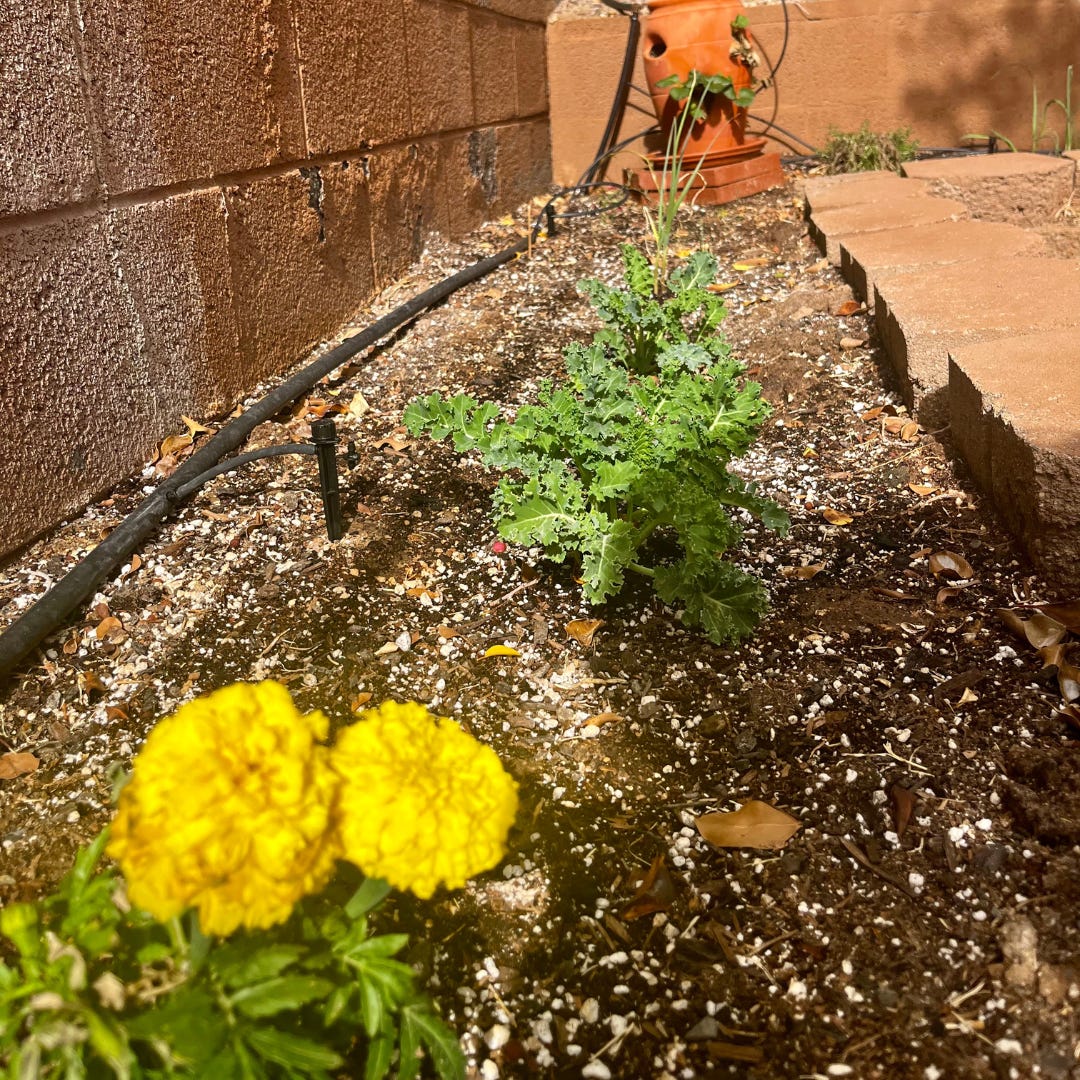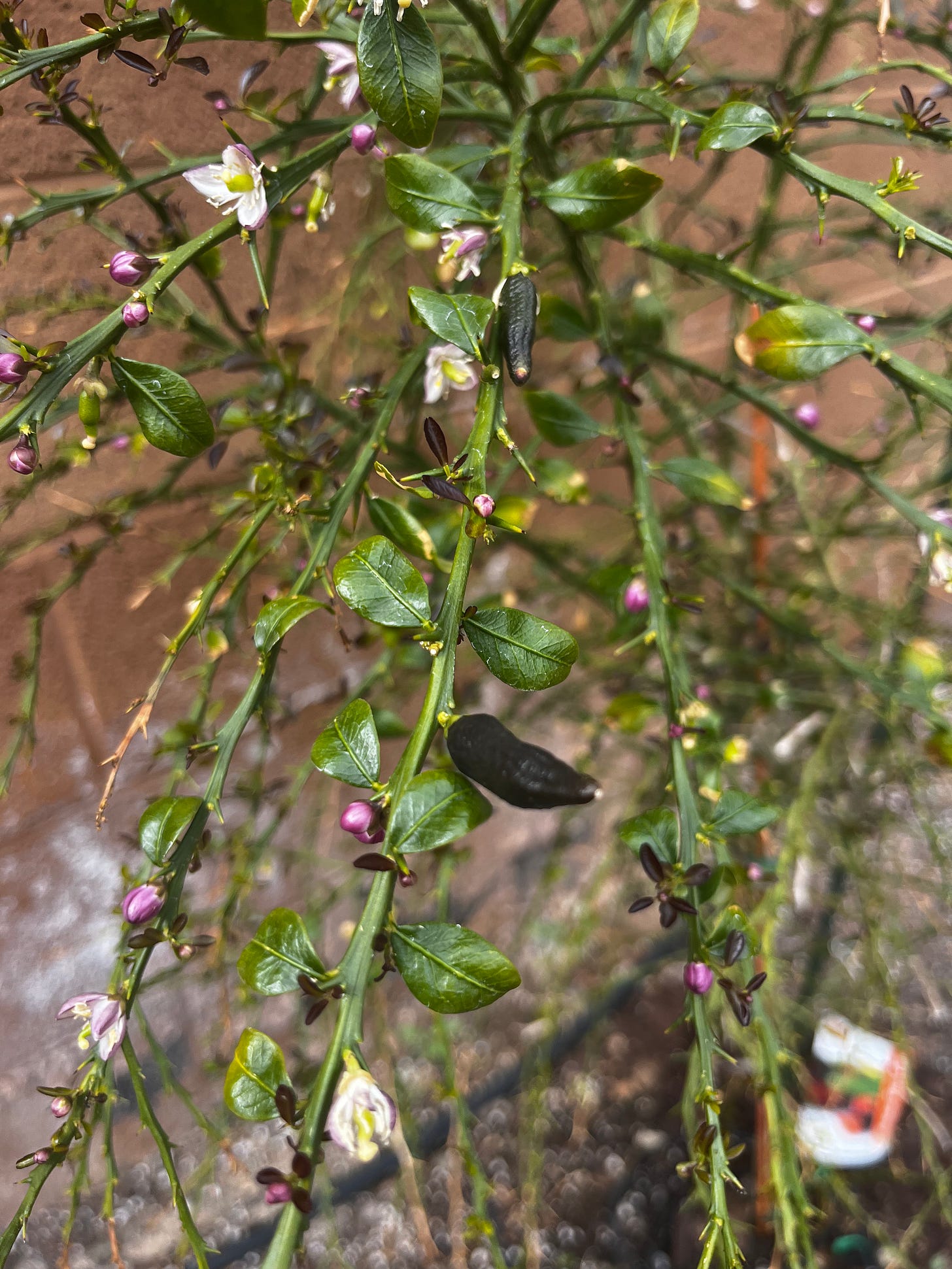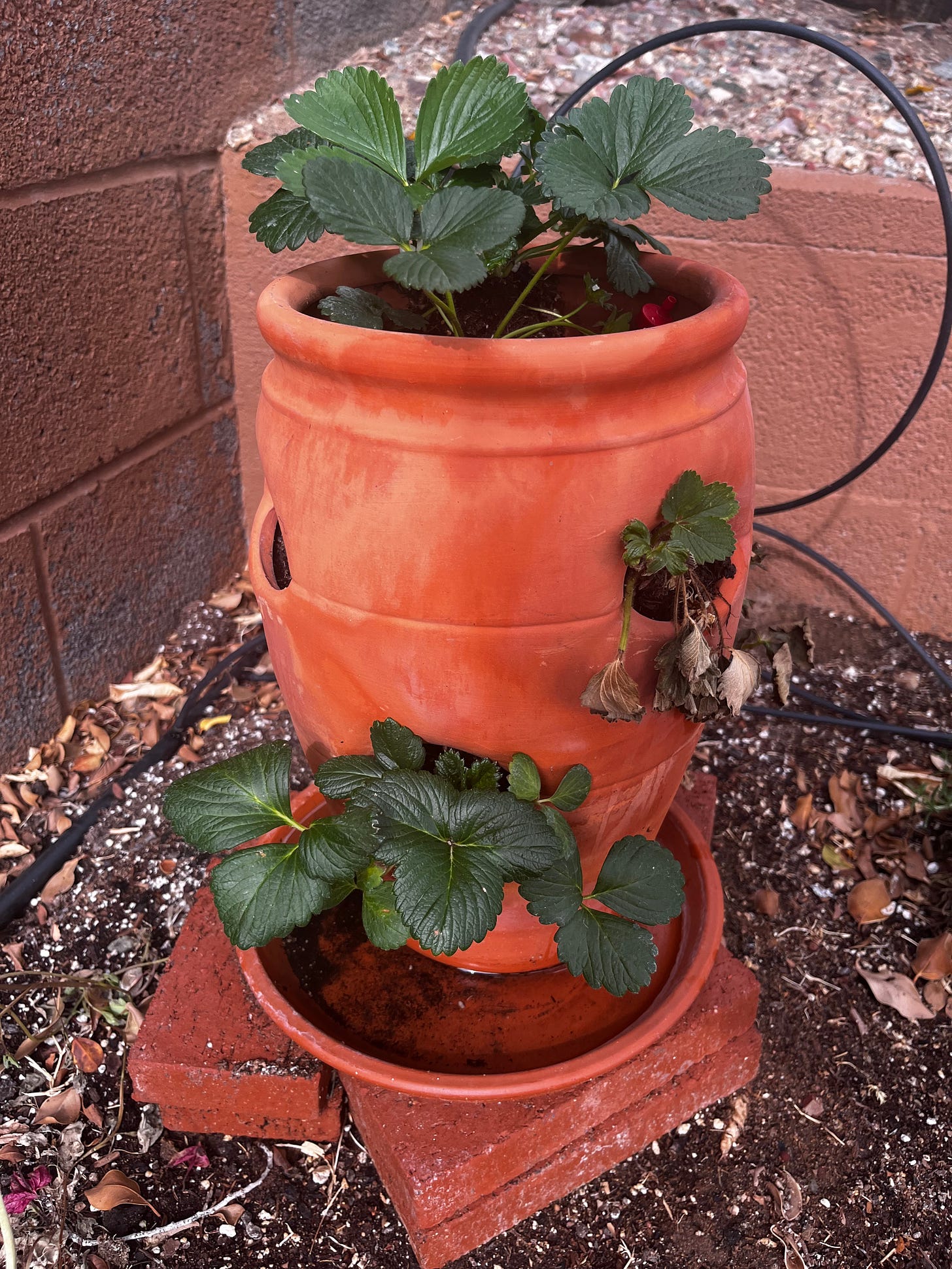Growing Healing: My First Spring Garden Journey
I'm taking the plunge into gardening this spring! After years of hesitation (and a history of accidentally killing even the hardiest plants and flowers), I'm ready to see if gardening might offer dual benefits: helping manage my arthritis through gentle movement while providing reliable, high-quality vegetables.

Starting With Good Foundations
My gardening journey begins with a raised garden bed in my backyard. After some trial and error last spring with Miracle Gro's Organic Compost Soil, I've switched to FoxFarm Ocean Forest Potting Soil.
This soil change wasn't random - FoxFarm is well-regarded among gardeners for good reason. It's pre-mixed with beneficial components including aged forest products, sandy loam, and fish emulsion that create an ideal growing environment. The soil drains well while retaining appropriate moisture and provides nutrients that help plants establish strong root systems. Perhaps most importantly for someone battling arthritis and fatigue, it's ready to use without needing additional treatments or amendments - no dealing with fungus gnats or other soil pests that might drain my limited energy.
Check out this video comparing some popular soil brands.
I’m also using FoxFarm’s fertilizer trio throughout the season to encourage growth.
Plant Starts: A Smart Shortcut
While seed starting is certainly more economical, I'm opting for plant starts from my local nursery. This decision reflects a mindful approach to conserving my energy while setting myself up for success. Plant starts offer several advantages when you're dealing with joint pain or limited energy:
They eliminate the delicate germination phase where many failures can occur
They require less daily monitoring and maintenance
They establish more quickly in garden beds
They provide quicker gratification, which is motivating when trying something new
I've selected plants that excite me while offering therapeutic benefits: blue dwarf kale, eggplant, sweet snacking peppers, strawberries, leeks, rosemary, marigolds (for natural pest control), two Australian Finger Lime trees, a Dorset apple tree, and a Meyer lemon tree.

I've also installed a metal trellis where I'll be growing Armenian and Persian cucumbers, letting them climb vertically to save space and make harvesting easier on my joints.

Now, I made a mistake already in my spring gardening. I planted a lot of starts in pots with a soil that is known for fungus gnats. Now I could have spent a lot of time and effort treating the fungus gnats, but it seemed easier on my body to plant directly into the garden bed instead. So you’ll notice that on the right-hand side of this strawberry pot, it looks like some wilted or even dead parts of a strawberry plant. I left this in the picture to show that not everything goes as planned, and that’s ok. However, many of the strawberry starts survived being transplanted from the pot into this planter.
Garden Tools and Techniques for Joint-Friendly Gardening
When you're gardening with arthritis or joint pain, having the right tools and techniques makes all the difference. Here are some approaches I'm implementing:
Ergonomic Tools: I've invested in tools with cushioned, ergonomic handles that reduce strain on joints. Look for those certified by the Arthritis Foundation or similar organizations.
Vertical Gardening: Where possible, I'm training plants to grow upward on trellises or supports, reducing the need to bend. My cucumber trellis is a perfect example of this approach.
Garden Kneeler/Seat: This dual-purpose tool can be flipped to serve as either a kneeling pad with handles for support or a seat for tasks that require longer periods of work.
Scheduled Garden Sessions: Rather than tackling everything at once, I'm breaking garden tasks into 20-30 minute sessions to avoid overexertion especially as temperatures heat up.
Morning Gardening: I've found that gardening in the morning, after my joints have had time to warm up but before the day's activities cause fatigue, works best for my body.
Garden Gloves with Grip: These provide both protection and improved grip strength, which is helpful when joints are painful.
Know Your Zone
If you're also considering gardening, especially with chronic health considerations, start by researching your USDA hardiness zone. This standardized scale helps identify which plants are likely to thrive in your specific climate. Understanding your zone saves energy, money, and potential disappointment by guiding you toward plants that naturally do well in your region. So while there are plenty of garden experts on YouTube telling you how to grow anything and everything, check what will thrive in your area.
For spring planting, consider not just your current conditions but how your climate will change as summer approaches. Some plants that thrive in spring may struggle with summer heat, while others might need that warmth to produce. Your local nursery can be an invaluable resource here - the staff typically know exactly what works in your specific microclimate.
The Deeper Reward
There's something uniquely satisfying about eating food you've grown yourself. Beyond the nutritional benefits of ultra-fresh produce, there's a psychological benefit to seeing tangible results from your care and attention - especially important when dealing with chronic conditions that can sometimes feel like they limit what you can accomplish.
I'm approaching this garden with optimism tempered by realistic expectations. Will everything thrive? Probably not — to be transparent, I already waterlogged and destroyed some scallions. But I'm hoping that by keeping my muscles and joints active through gentle, purposeful movement, I'll see improvements in my arthritis symptoms. And if I end up with home-grown kale for my salads and Meyer lemons for my tea along the way? That sounds like a victory worth celebrating.
I'll be sure to update on how both the plants and my joints are responding to this new adventure. Have you found gardening therapeutic? I'd love to hear your experiences.

